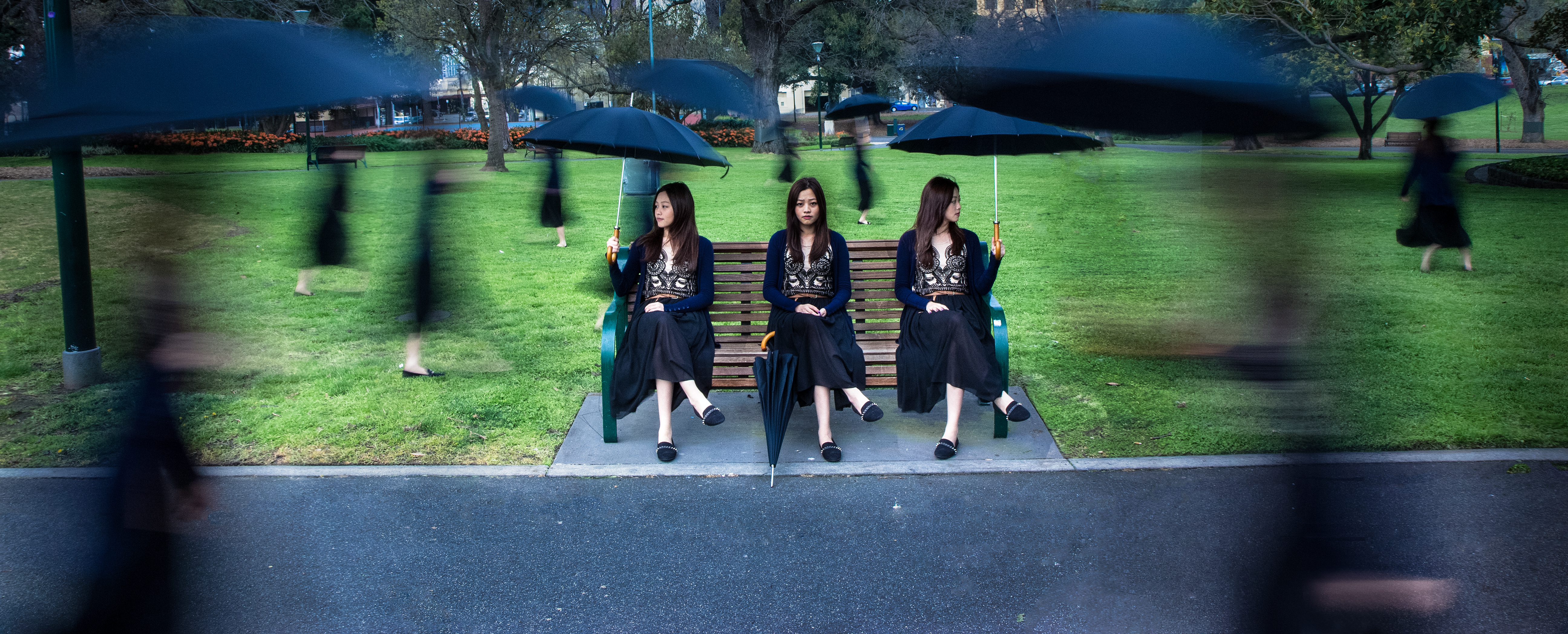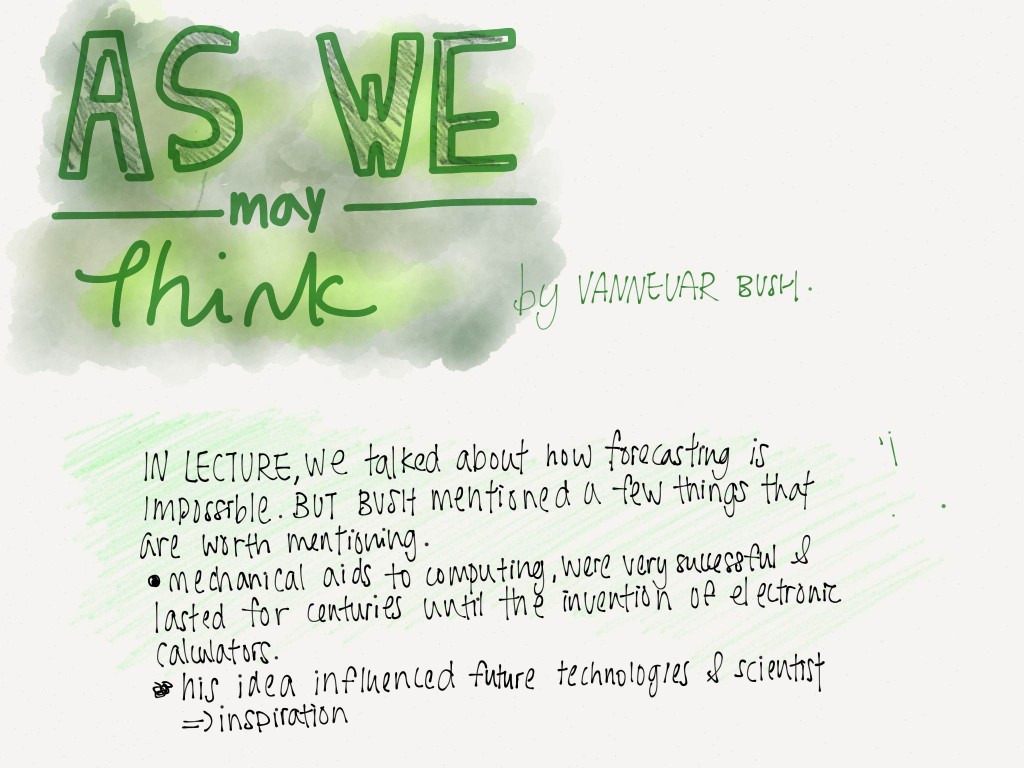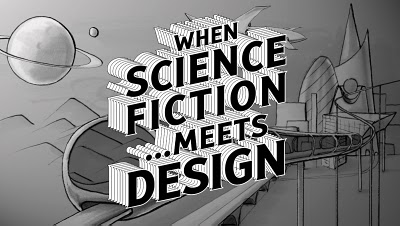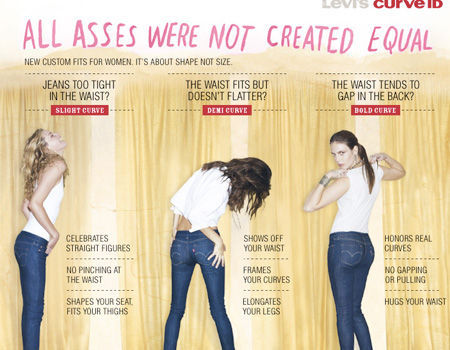What kind of genre is an interactive documentary? Is it still a documentary, or would you say that it is a new genre because of the hypertextual interface?
This idea of an “open code” documentary is in the middle ground on the concept of an interactive documentary.
Author cannot control their text, the interpretation of the text, the piece of work does have their own personlities. The point of being an author is there is no guarantee for audience to decode in the way the author codes, the audience can read and there is communication with author.
What benefits and drawbacks does the ability for the user to determine narrative progression create?
The benefits are that the audience have more power and freedom to choose the content and they have a change to get more information.
The drawsbacks might be cause there are certain level of expectation from the author, they have limitation.








